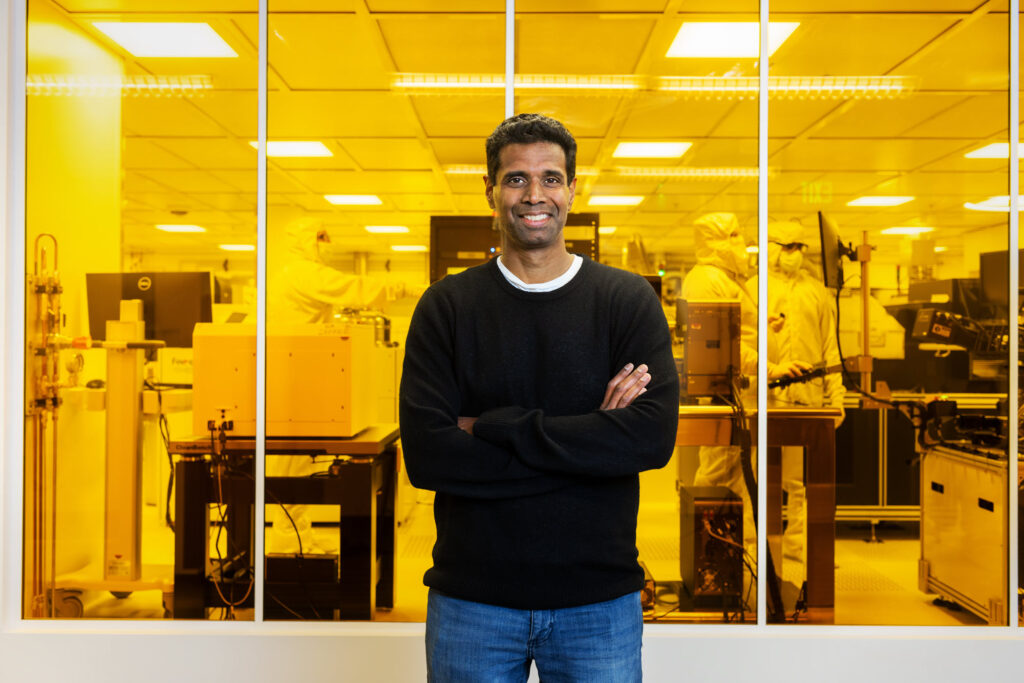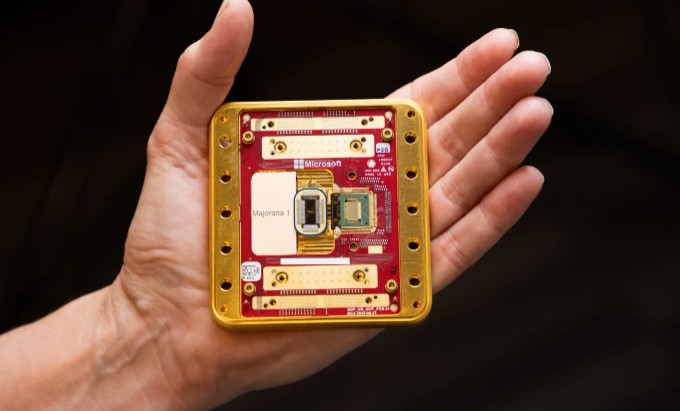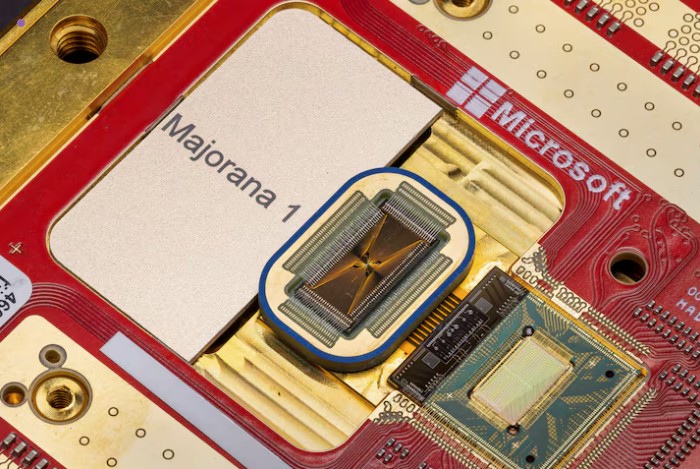Quantum Computing: The Future of Technology is Here
Key Points
-
Breakthrough in Quantum Stability: Microsoft’s Majorana 1 chip utilizes topological qubits, enhancing stability and reducing errors in quantum computations.
-
Accelerated Quantum Timeline: This development suggests that practical quantum computing solutions could become a reality within years, not decades, revolutionizing industries like medicine and cybersecurity.
-
Scalable Quantum Architecture: Majorana 1’s design aims to scale up to one million qubits per chip, significantly boosting computational power for complex problem-solving.
Quantum computing is no longer just a theory—it’s becoming a reality.
With Microsoft unveiling its first quantum computing chip, Majorana 1, we are entering a new era of computing that promises to change everything.
But what exactly is quantum computing, and why is this announcement such a big deal? Let’s break it down.
What is Quantum Computing?
Unlike classical computers that process information in binary (0s and 1s), quantum computers use qubits, which can exist in multiple states at once thanks to the principles of superposition and entanglement.
This unique capability allows quantum computers to process vast amounts of data simultaneously, solving problems that would take traditional computers years or even centuries.
How Quantum Computing Works
- Qubits vs. Bits – Traditional computers use bits that represent either a 0 or a 1. Quantum computers, on the other hand, use qubits, which can be both at the same time.
- Superposition – This means that a quantum bit can be in multiple states at once, allowing quantum computers to process many possibilities simultaneously.
- Entanglement – When qubits become entangled, the state of one qubit is directly connected to the state of another, even if they are physically apart. This speeds up calculations significantly.
- Quantum Speedup – Since quantum computers can evaluate multiple outcomes at the same time, they can solve certain problems exponentially faster than classical computers.
Microsoft’s Majorana 1 Chip: A Major Milestone
Microsoft has been working on quantum computing for nearly two decades, and the release of Majorana 1 marks a critical step forward.
Unlike previous quantum chips, Majorana 1 is designed using topological qubits, which make the system more stable and less prone to errors.
Key Features of Majorana 1
✔ Topological Qubits – Uses eight topological qubits, improving stability and reducing computational errors.
✔ Unique Materials – Made from indium arsenide (a semiconductor) and aluminum (a superconductor).
✔ In-House Fabrication – Unlike traditional processors, Microsoft is manufacturing these chips in-house in the U.S.
✔ Focus on Research – Microsoft is partnering with national laboratories and universities before commercializing the chip.
While Majorana 1 won’t be available for public use through Azure Cloud just yet, it sets the stage for future models that could be integrated into Microsoft’s cloud services.
Why Quantum Computing Matters
Quantum computing is not just another tech buzzword—it has real-world applications that could revolutionize industries.
Potential Applications of Quantum Computing
✅ Drug Discovery & Healthcare – Quantum computing can simulate molecular interactions, helping scientists develop new medicines faster and more accurately. ✅ Cryptography & Cybersecurity – With the ability to break traditional encryption methods, quantum computers will lead to the next generation of secure data protection.
✅ Artificial Intelligence (AI) & Machine Learning – Quantum computers can process and analyze massive datasets, accelerating AI training models.
✅ Financial Modeling – Investment firms and banks can use quantum algorithms to optimize portfolios and forecast market trends.
✅ Climate Modeling & Sustainability – Quantum computing can simulate complex climate models, leading to better environmental policies and solutions.
How Microsoft Stands Against Competitors

Microsoft is not alone in the quantum race. Other tech giants like Google, IBM, IonQ, and Rigetti Computing have also made significant advancements.
Comparison of Major Players in Quantum Computing
| Company | Quantum Approach | Key Development |
|---|---|---|
| Microsoft | Topological Qubits | Majorana 1 chip |
| Superconducting Qubits | Sycamore processor | |
| IBM | Superconducting Qubits | IBM Quantum Eagle |
| IonQ | Trapped Ion Qubits | IonQ Aria |
| Rigetti | Superconducting Qubits | Aspen series |
Google and IBM have already developed quantum processors, but Microsoft’s approach to using topological qubits could give it a significant advantage in scalability and error reduction.
What’s Next for Quantum Computing?
Microsoft’s ultimate goal is to create a million-qubit quantum computer, which could solve complex problems far beyond today’s capabilities.
The company believes this could happen sooner than expected.
When Will Quantum Computing Become Mainstream?

2025-2030: Microsoft is focused on research, partnering with universities and national labs.
2030 and beyond: The first commercial quantum computers could become available through Azure Cloud, making quantum computing accessible to businesses and developers.
Jason Zander, Microsoft’s Executive VP, said:
There’s a lot of speculation that we’re decades off from this, but we believe it’s more like years.
With Microsoft’s quantum chip laying the foundation, we may see practical quantum applications much sooner than expected.
Final Thoughts: A Quantum Leap into the Future
The unveiling of Majorana 1 is not just a milestone for Microsoft but a giant leap for the future of computing.
While we’re still in the early days, the impact of quantum computing on industries, security, AI, and scientific research will be transformative.
For now, quantum computing remains mostly in the realm of researchers and tech giants, but as technology advances, we’re moving closer to a future where quantum-powered solutions will be part of everyday life.
Are you ready for the quantum revolution?




















